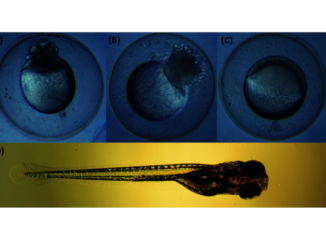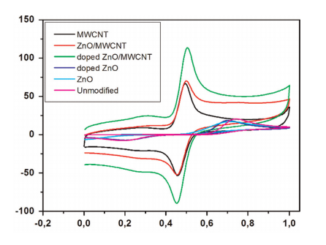
Light-assisted ozone gas-sensing performance of SnO2 nanoparticles: Experimental and theoretical insights
Abstract: We report herein an investigation on the ozone gas-sensing performance at room temperature of SnO2 nanoparticles assisted by a light-emitting diode. X-ray diffraction and high-resolution transmission electron microscopy analyses indicated the nanocrystalline characteristics of the SnO2 particles after heat treatment. Besides, optical measurements pointed out that the nanoparticles presented an optical gap of approximately 3.8 eV with a broad photoluminescence emission at around 625 nm, which was linked to the presence of oxygen vacancies, suggested by XPS analysis. With regard to the light-assisted gas-sensing measurements, electrical analysis revealed a clear dependence of the ozone sensing performance on the wavelength of the source of illumination chosen, with the highest ozone response being reached upon excitation in the ultraviolet region. Theoretical calculations showed that the (110) surface could increase the stability of photogenerated carriers and contribute to enhancing the gas-sensing features under ultraviolet excitation due to the presence of [SnO6] and [SnO5] clusters, which are capable of inducing an electron-hole dissociation and a reliable chemical environment for O3 interaction.
Author(s): Palma, J.V.N.; Catto, A.C.; Oliveira, M.C.; Ribeiro, R.A.P.; Teodoro, M.D.; Silva, L.F.
Sensors and Actuators Reports
Published: November 2022, Volume 4, 100081
DOI: https://doi.org/10.1016/j.snr.2022.100081
CDMF
The CDMF, hosted at the Federal University of São Carlos (UFSCar), is one of the Research, Innovation and Dissemination Centers (RIDC) supported by the São Paulo State Research Support Foundation (Fapesp), and also receives investment from the National Council Scientific and Technological Development (CNPq), from the National Institute of Science and Technology of Materials in Nanotechnology (INCTMN).




